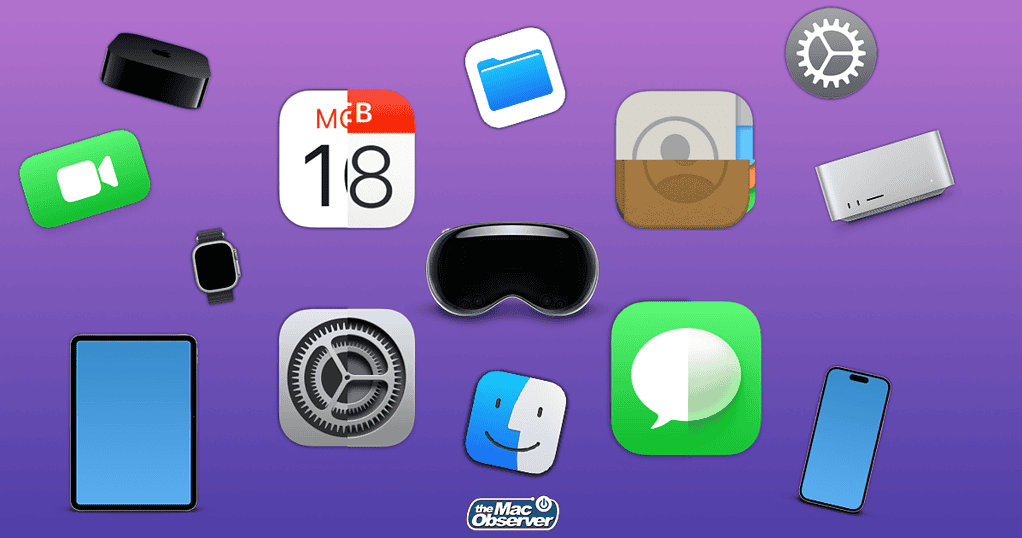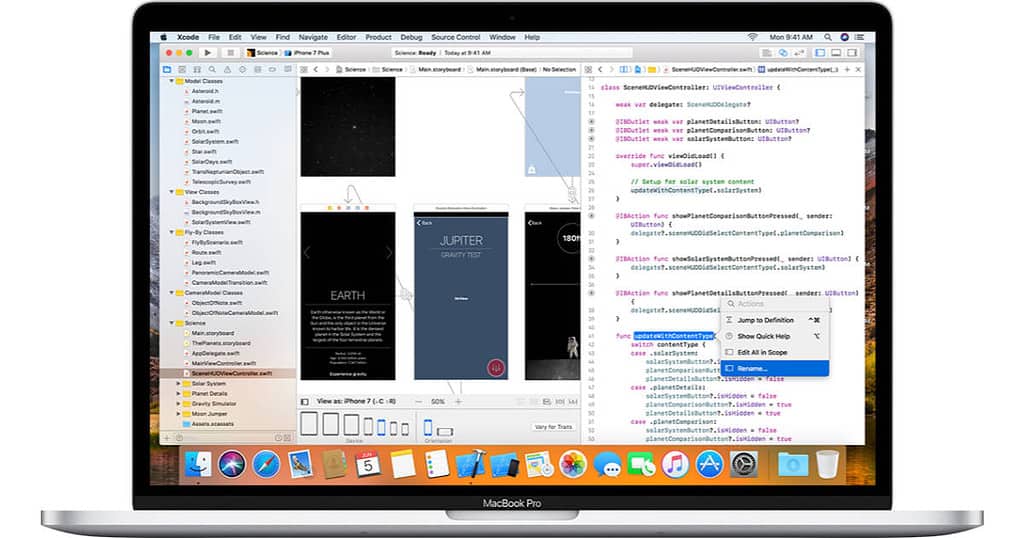The Apple Vision Pro is one of the company’s most ambitious products to date. Apple called it the “start of a new era,” as if it were the key to the mass adoption of spatial computing. But over a year since launching, sales have been sluggish and production has already slowed down. In fact, I don’t personally know anyone who owns one.
If Apple wants to jumpstart interest, visionOS 3 needs more than just bug fixes. It needs to address real performance issues and usability roadblocks. Let’s face it—it’s hard to justify a $3,500 headset that mostly acts as a second screen. Here’s what I hope to see this year.
1. Unstable App Performance and Crashes

One of the biggest pain points for AVP users is how unstable many apps still feel. Reddit threads repeatedly mention crashes in Safari, productivity tools, and even built-in programs. Inconsistent memory handling, unresponsive windows, and frame drops impede multitasking.
visionOS 3 needs to improve memory allocation. Both users and developers will identify errors faster with background process management and crash diagnostics. Otherwise, you’ll have no choice but to guess while troubleshooting. Imagine trying to draft an email or join a meeting in Zoom and your app suddenly freezes. It breaks immersion and kills momentum.
2. Poor Battery Life and Heat Management

AVP tends to heat up during prolonged use, especially while multitasking or using high-bandwidth features like Mac Virtual Display. The external battery doesn’t last long either. I read that most users get around two hours of active time before needing to plug in. Thermal and power limitations aren’t new for wearables (cough Apple Watch cough), but they’re hard to overlook on something positioned as a productivity machine.
This creates a realistic ceiling on how long you can actually use the headset in a workday. Editing video, browsing with multiple windows, or even watching a movie in 3D starts to feel rushed. With better thermal control and battery optimization AVP could finally support longer, uninterrupted sessions. Otherwise, it won’t be able to handle background processes.
3. Lack of Native macOS App Compatibility

Right now, the Vision Pro mirrors your Mac screen, but it can’t run native macOS apps like Final Cut Pro, Logic Pro, or Xcode. That’s a massive blunder for a spatial computing device that can supposedly replace the Mac and iPhone. visionOS 3 should enable virtualization or app-level integration, whether through Catalyst, a new compatibility layer, or better shared SwiftUI targets. Apple Silicon already supports this kind of performance.
For users who rely on professional tools, this kind of support would change everything. Instead of using the Vision Pro as a glorified monitor, you could open Logic in spatial view, review code in Xcode, or edit in Final Cut without needing a tethered Mac. It’s a step toward making the device stand on its own.
4. Disorienting UI and Inconsistent Eye Tracking

visionOS still struggles with basic input consistency. Users frequently report jittery hand tracking, missed gestures, and eye tracking that occasionally fails to register interactions. In a 2D OS, that’s just annoying. And in a 3D spatial interface, it’s disorienting. Apple needs to improve eye-tracking calibration and add fallback controls, like keyboard shortcuts or optional pointer devices, for more predictable navigation.
In practice, these issues slow everything down. Dragging windows, selecting small buttons, or interacting with dense UI layouts becomes tiring when your inputs aren’t recognized on the first try. Adding more precision and giving users alternative controls would help Vision Pro feel less like a novelty and more like a real computing platform.
5. Limited Developer Tools and App Availability

Developers are building apps with one hand tied behind their back. visionOS doesn’t currently support background tasks, file system access is limited, and many standard iOS/macOS APIs aren’t available. This restricts what developers can build, and more importantly, what users can actually do with the headset. If Apple wants a thriving app ecosystem, visionOS 3 needs to give developers more control.
Without better tools, third-party apps will continue to feel like simplified demos. Developers need a more robust SDK, better SwiftUI support, and fewer platform-specific limitations. With deeper macOS/iOS/visionOS alignment, Apple could finally attract developers who’ve been waiting to build more than just spatial toy apps.
We can only hope that Apple listens to our plea. In the meantime, check out what’s new on visionOS 2.5 Beta 1. It’s not as comprehensive as our wishlist, but we’re definitely inching toward a more functional headset.
